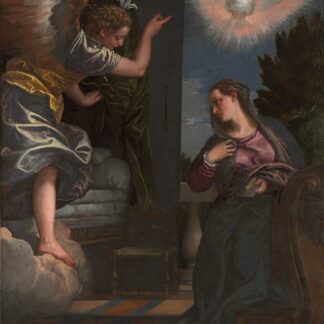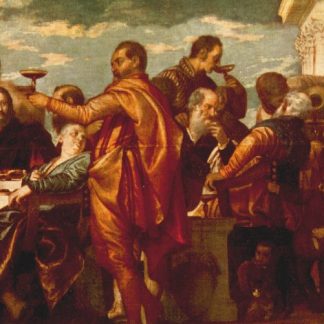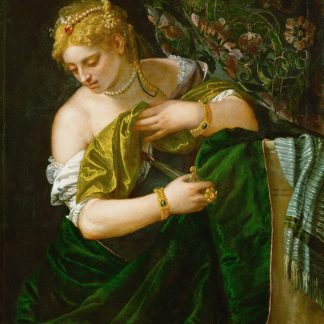Paolo Veronese was a prominent Italian painter who lived during the Italian Renaissance. He was born in 1528 in Verona, Italy, and later moved to Venice to study under the Venetian painter Antonio Badile. Veronese quickly gained recognition for his stunning paintings, which were characterized by their grand scale, dramatic compositions, and striking use of color.
Veronese is known for his ability to capture complex scenes with multiple figures, often in grand settings such as palaces and cathedrals. He was particularly skilled at depicting movement and expression, bringing his subjects to life with a sense of energy and dynamism. Veronese’s work often combined elements of religious and mythological themes, with a focus on powerful imagery and symbolism.
One of Veronese’s most famous works is “The Feast in the House of Levi,” a large-scale painting that was commissioned for a Venetian church. The painting caused controversy for its depiction of secular figures and extravagant feast, leading to a church inquiry and a request for Veronese to alter the painting. Veronese refused to make significant changes, instead simply renaming the painting to “The Feast in the House of Simon.” The painting remains a testament to Veronese’s skill as a painter and his willingness to push the boundaries of traditional religious themes.
Showing all 4 resultsSorted by popularity
-

The Annunciation C 1580. Oil On Canvas
Veronese, Paolo From $28.69 Select options This product has multiple variants. The options may be chosen on the product page -

Portrait Of Agostino Barbarigo After C 1571. Oil On Canvas
Veronese, Paolo From $28.69 Select options This product has multiple variants. The options may be chosen on the product page -

The Marriage At Cana
Veronese, Paolo From $34.44 Select options This product has multiple variants. The options may be chosen on the product page -

Lucretia
Veronese, Paolo From $28.69 Select options This product has multiple variants. The options may be chosen on the product page
Showing all 4 resultsSorted by popularity




